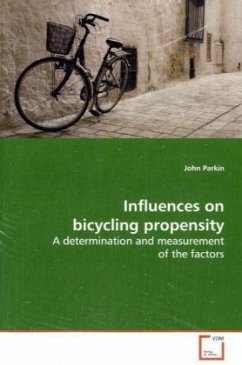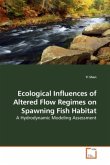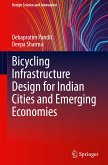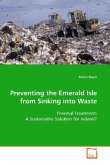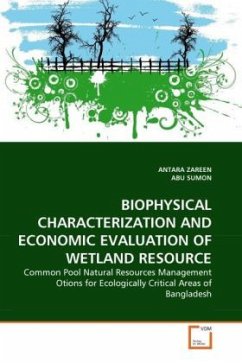Choice in transport is a complex issue and related
to a wide range of factors including socio-economic
variables and the nature of transport infrastructure
and the physical geography of an area. As well as
the rational and measurable factors, there are other
complex and subtle factors including the
influences of culture and social norms. Changes to
behaviour probably take an extended period of time
and require a range of conditions to be appropriate.
This book by John Parkin explores the variables
which influence the propensity to cycle. Measures
that have been found to be
significant in relation to cycling are car
ownership, socio-economic classification, ethnicity,
distance to work, condition of the highway pavement,
highway network density and population density,
hilliness, rainfall and mean temperature. In
addition the length of bicycle lane, length of bus
lane and length of traffic free route have also been
found to be important in so far as they influence
the perception of risk, which in turn influences the
level of bicycle use. The length of route that is
signed has also been found to be important.
to a wide range of factors including socio-economic
variables and the nature of transport infrastructure
and the physical geography of an area. As well as
the rational and measurable factors, there are other
complex and subtle factors including the
influences of culture and social norms. Changes to
behaviour probably take an extended period of time
and require a range of conditions to be appropriate.
This book by John Parkin explores the variables
which influence the propensity to cycle. Measures
that have been found to be
significant in relation to cycling are car
ownership, socio-economic classification, ethnicity,
distance to work, condition of the highway pavement,
highway network density and population density,
hilliness, rainfall and mean temperature. In
addition the length of bicycle lane, length of bus
lane and length of traffic free route have also been
found to be important in so far as they influence
the perception of risk, which in turn influences the
level of bicycle use. The length of route that is
signed has also been found to be important.

